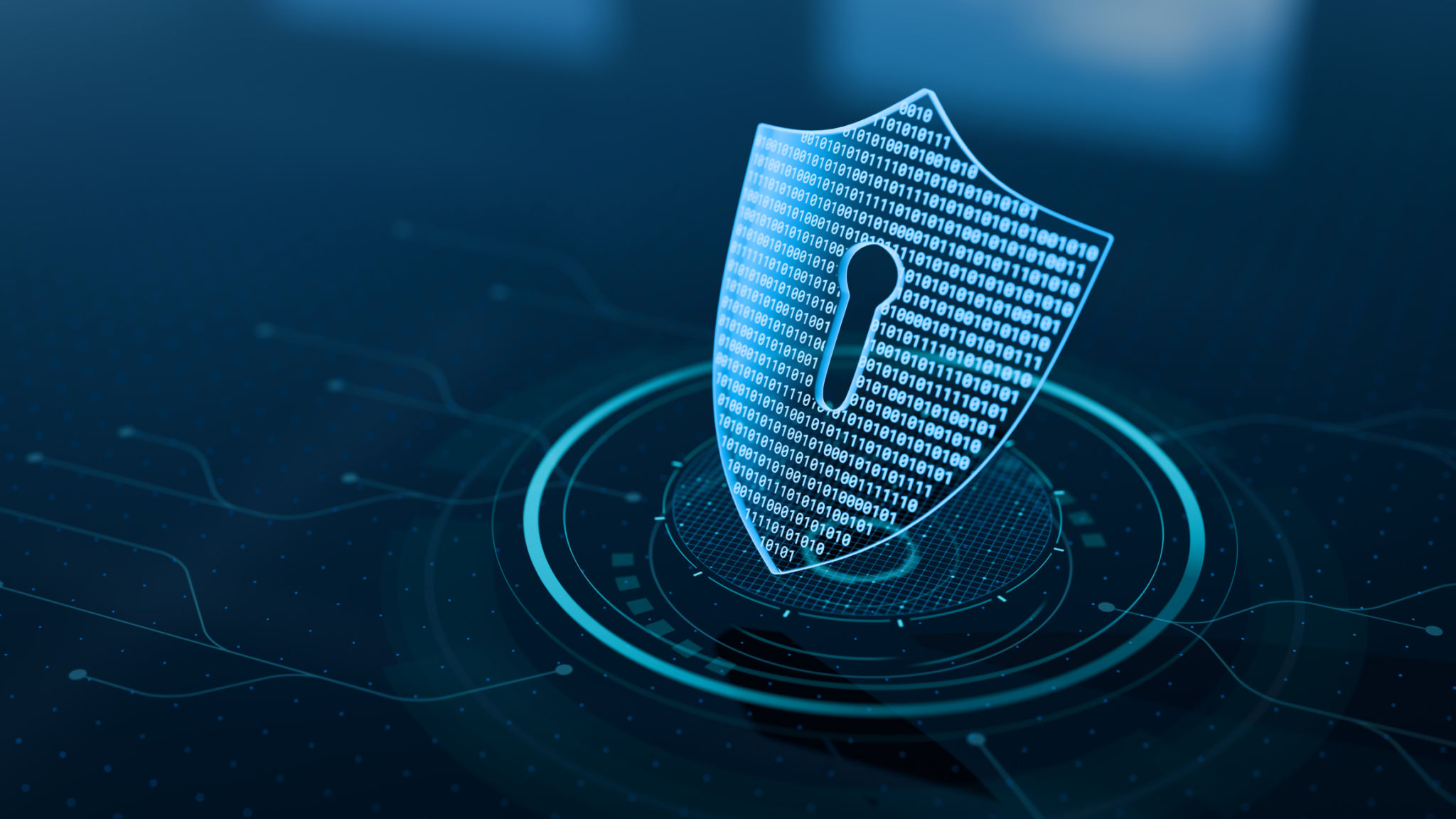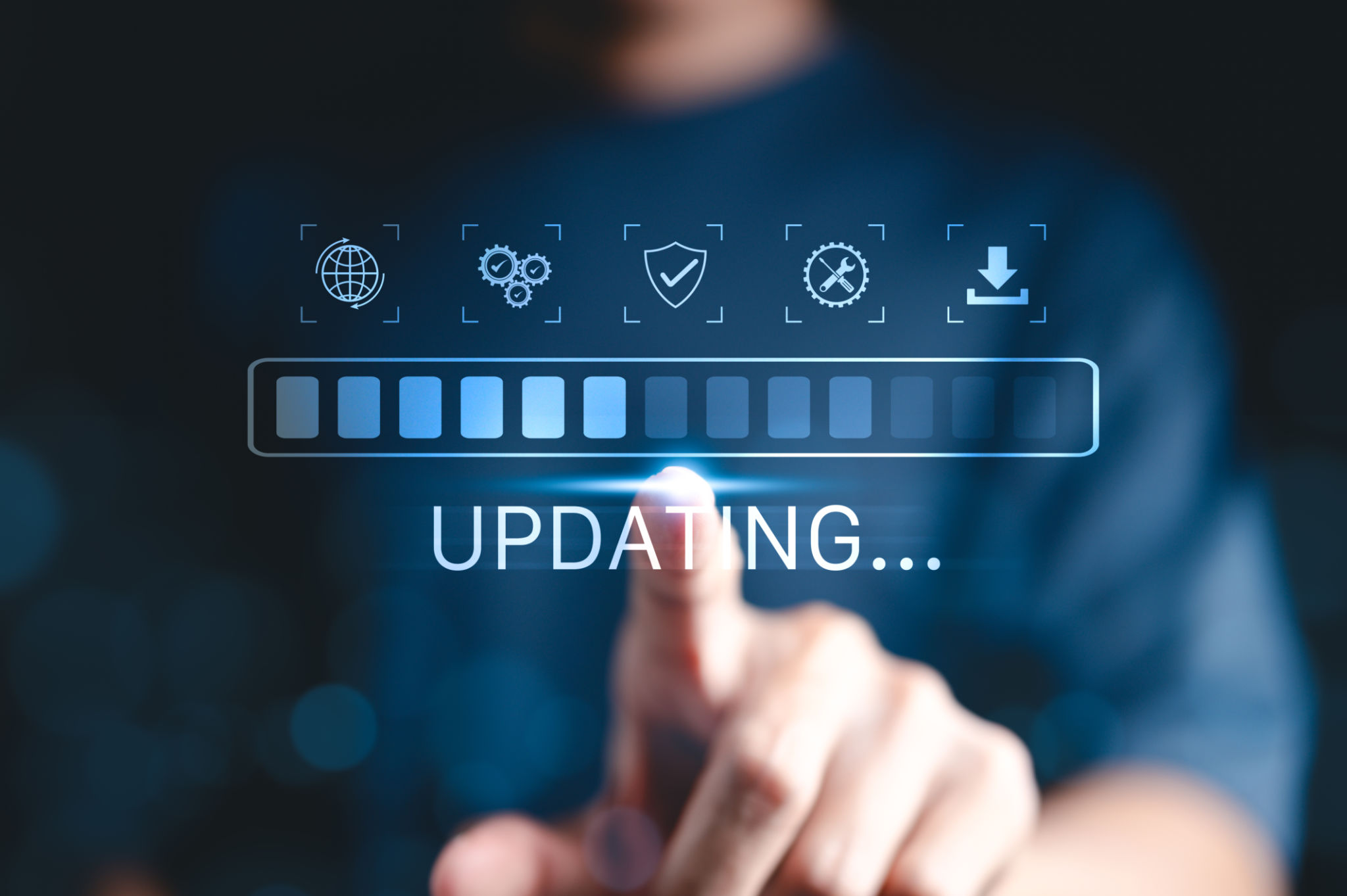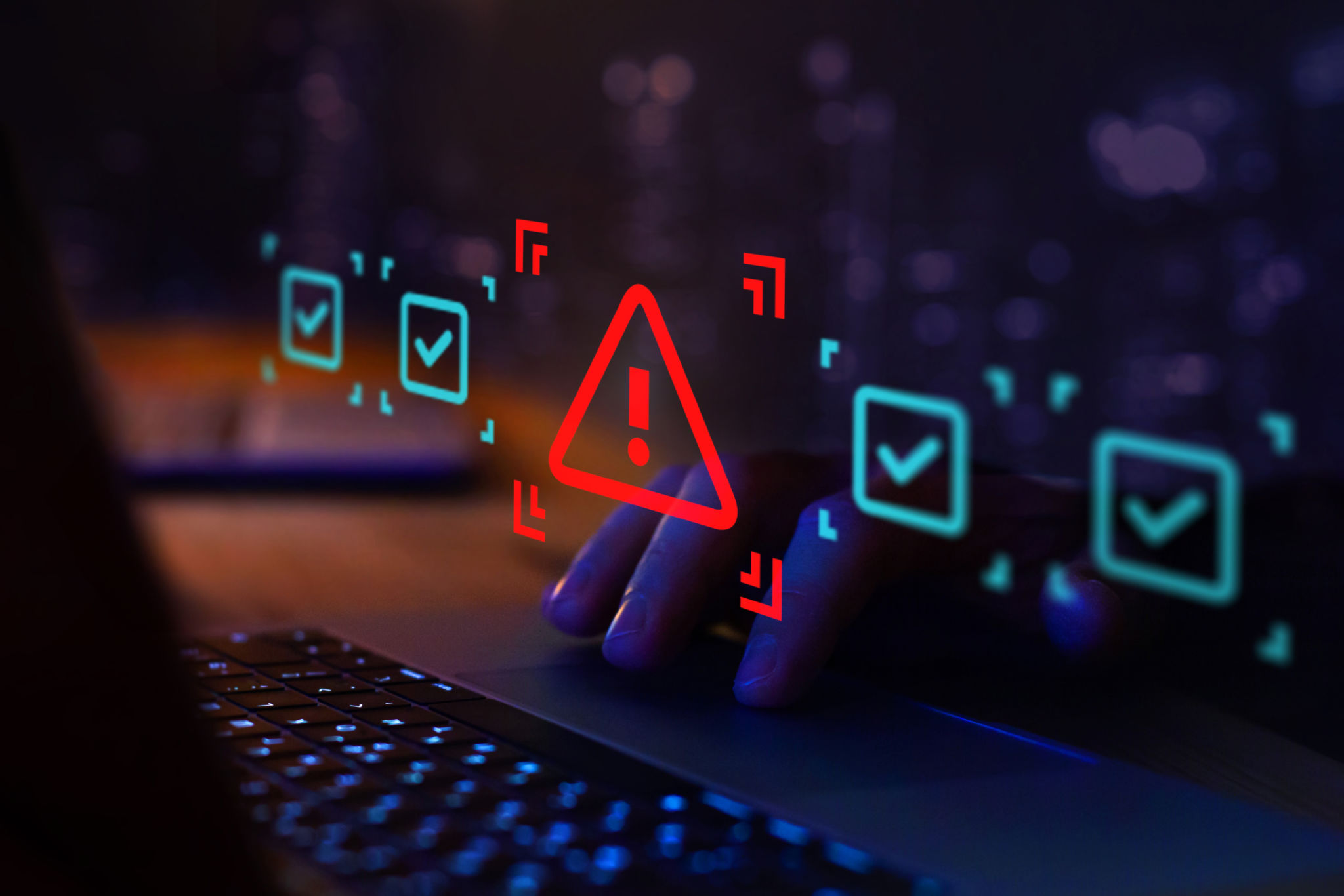Ensuring Cybersecurity in AI-Driven Projects: Best Practices
Understanding the Importance of Cybersecurity in AI
As artificial intelligence (AI) becomes increasingly integrated into various industries, the importance of maintaining robust cybersecurity measures cannot be overstated. AI-driven projects often handle sensitive data, making them prime targets for cyber-attacks. Understanding the unique challenges these projects face is the first step toward ensuring their security.
AI systems are designed to learn and adapt, which makes them both powerful and vulnerable. The very characteristics that make AI valuable can also expose it to threats. Unauthorized access, data poisoning, and model inversion attacks are just a few of the risks associated with AI-driven projects.

Implementing Strong Authentication and Access Controls
One of the fundamental practices in securing AI projects is implementing strong authentication and access controls. Ensuring that only authorized personnel have access to sensitive systems and data is critical. This can be achieved through measures such as multi-factor authentication (MFA) and role-based access control (RBAC).
By using MFA, organizations can add an additional layer of security that requires users to verify their identity through multiple means. RBAC helps in assigning access rights based on the role within the organization, thereby limiting exposure to sensitive data.
Ensuring Data Integrity and Protection
Data integrity is a cornerstone of any AI project. Without accurate and reliable data, the outputs of AI models can be compromised. It is crucial to implement measures that protect data from corruption or unauthorized alteration. Regular audits and integrity checks can help in maintaining data quality.

Encryption plays a vital role in safeguarding data both at rest and in transit. By encrypting data, organizations can ensure that even if information is intercepted, it remains unreadable to unauthorized parties. This is especially important when dealing with personally identifiable information (PII) or other sensitive datasets.
Regularly Updating Systems and Software
Keeping systems and software up-to-date is another essential practice for ensuring cybersecurity in AI-driven projects. Regular updates help in patching vulnerabilities that could be exploited by cybercriminals. Organizations should establish a routine schedule for software updates and ensure that all components of their AI systems are included.
Automating updates where possible can reduce human error and ensure that all systems are consistently protected. Additionally, using security tools that provide real-time threat detection can help mitigate risks before they lead to significant breaches.

Conducting Regular Security Audits and Testing
Regular security audits and penetration testing are critical for identifying vulnerabilities within AI systems. These tests should be conducted by professionals who can simulate real-world attacks to evaluate the system's defenses. Security audits provide insights into potential weaknesses and guide improvements.
Penetration testing, in particular, allows organizations to understand how an attacker might exploit vulnerabilities. It is important to continuously refine security measures based on the findings from these tests to ensure ongoing protection against emerging threats.
Promoting a Culture of Security Awareness
Finally, fostering a culture of security awareness within an organization is vital for ensuring cybersecurity in AI-driven projects. Employees should be educated on the importance of cybersecurity and trained to recognize potential threats such as phishing attempts or social engineering attacks.

Regular training sessions, workshops, and awareness campaigns can keep cybersecurity top of mind for all staff members. By creating a workforce that is vigilant and informed, organizations can significantly reduce the likelihood of successful cyber-attacks.
In conclusion, ensuring cybersecurity in AI-driven projects requires a comprehensive approach that includes strong authentication measures, data protection strategies, regular updates, rigorous testing, and a culture of awareness. By implementing these best practices, organizations can protect their valuable AI assets and maintain trust with their clients and customers.